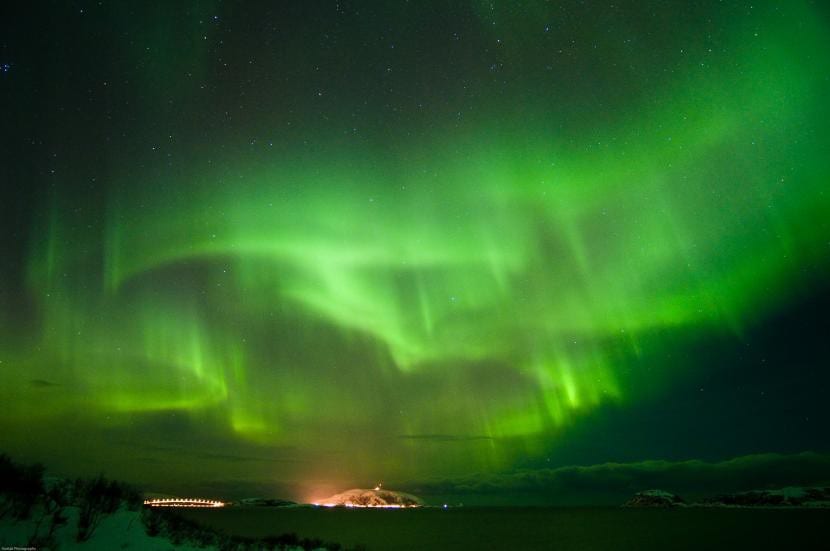
The Northern Lights are an impressive phenomenon, surely the most beautiful that a human being can see and enjoy. The spectacular colors that glow in the night sky can serve as a source of inspiration to writers and artists.
If you don't want to miss it either, find out what they are the best places on the planet to observe the Northern Lights.
How are the Northern Lights produced?
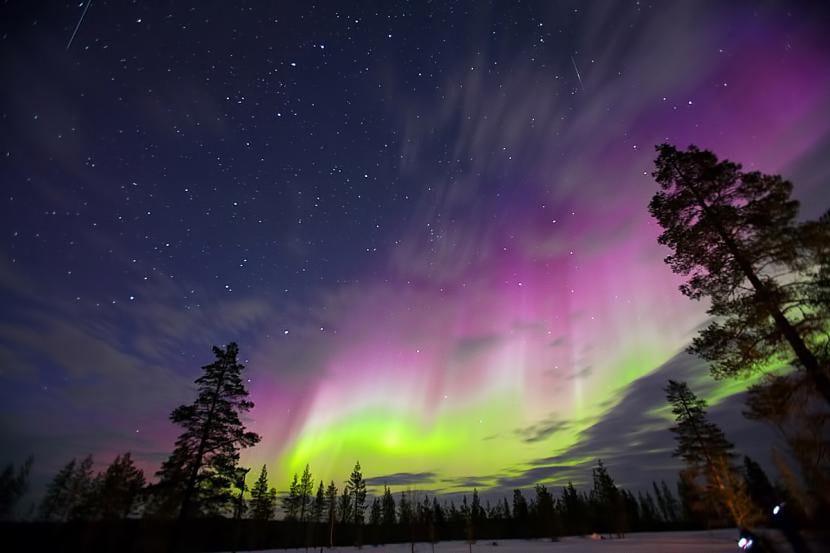
Before knowing where to go to see her, What better way to know how they are produced before? In this way, we can see it with even better eyes. So let's get started.
As we know, the sun is continuously emitting solar rays from all directions, and some of them reach the planet Earth. When these rays come into contact with the poles, both north and south, in the Earth's magnetosphere, a diffused light but predominantly projecting into the ionosphere.
To be more specific, and always according to the theory that up to now is the most accepted, auroras are caused by a particle radiation coming from the star king. Both the electrons and the protons that come from it are deflected by the Earth's magnetic field. If the particles go in the right direction, the magnetic field will be responsible for concentrating them around each of the magnetic poles, thus entering into collision with the components of the air that, finally, will emit light.
The meaning of »aurora borealis»
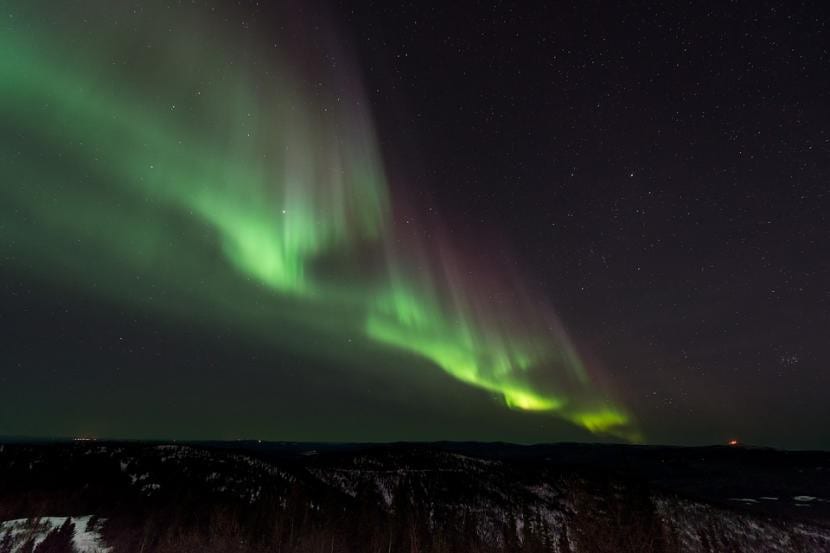
If the show itself is wonderful, the meaning of its name is not far behind either. And it turns out that "Aurora" is the name of the Roman goddess of dawn, and "boreal" -boreas- is a word of Greek origin that means north. So, we have that »Aurora Borealis» means the Northern Dawn (or Northern Lights). Its nice is not it?
Best months to see the Northern Lights
Although this phenomenon can occur throughout the year, the best months are January and February, which is when temperatures are lowest. Of course, you have to be very warm to enjoy it.
Still, from October to March they occur more frequently, so if you can't go those two months, you can always go any of the other four.
Places to see the Northern Lights
Now that we know how they are produced and which are the best months, let's see, now, where we have to go if we want to enjoy the most colorful night of our life.
Alaska
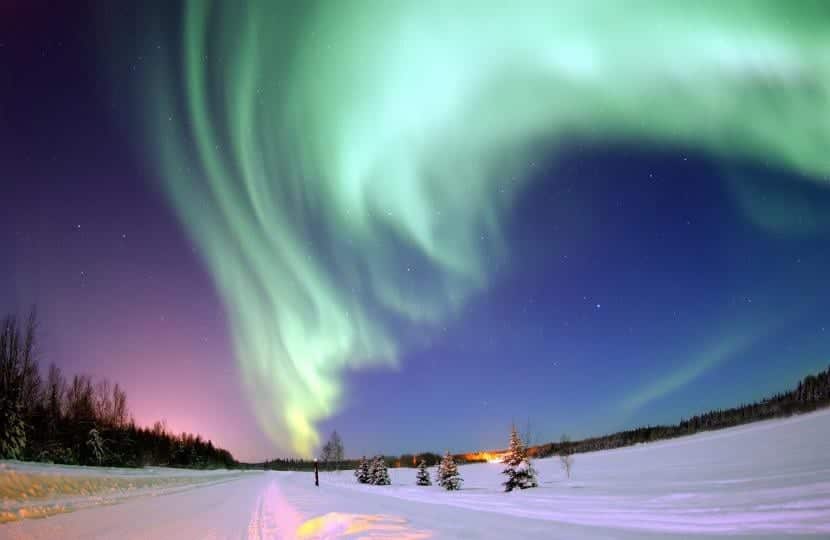
In Alaska, the Northern Lights can be seen from the mountains during the months of November and January, when they are in the middle of glacial winter. If this is the first time you go, you should know thatand they do winter tours who go in search of these wonders.
Canada
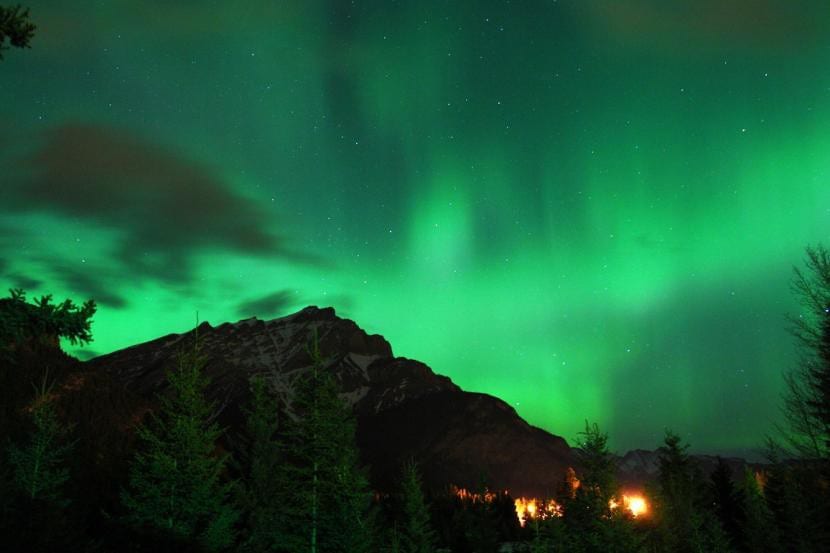
During the winter months, the Canadian sky is covered with lights that will make you doubt if you are dreaming or awake. At first you will see everything dark, but soon drawings and dancing lights will appear that will be reflected in the water courses that are in the area.
Greenland

If in addition to being a lover of light phenomena you like photography, go to Greenland in the winter months and enjoy a master class with a professional photographer that will teach you to get the best images of the night.
Iceland
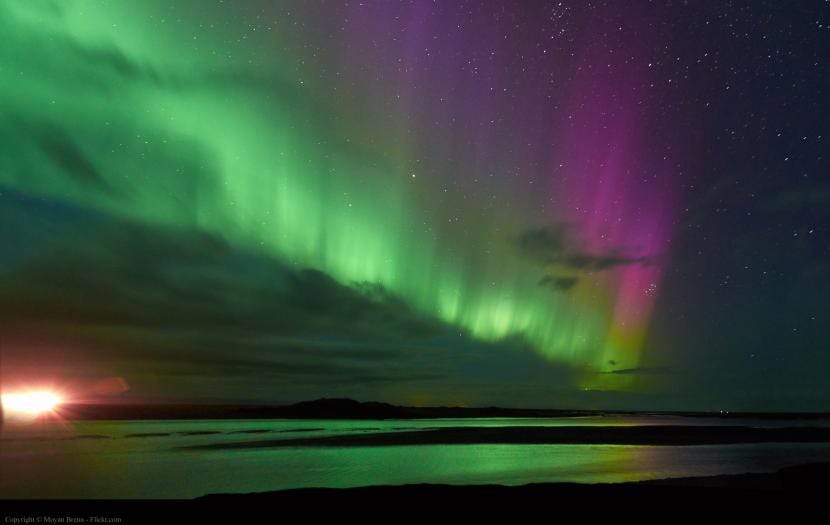
The Northern Lights appear in Iceland between the end of August and the middle of April, which is when temperatures are low and nights are darkest. Make sure your camera will be ready by 22 pm, as this is when they are most likely to occur.
Norway
Norway could not be absent. Without a doubt, the best place is the Arctic Circle, so to see them, the further north you go, the more you can enjoy the Northern Lights. In the case of Norway, you must go between September 21 to March 21, which will be when you can also go sledding or snowmobiling.
Finland

In this part of the world it is said that the northern lights make an appearance neither more nor less than 200 nights a year, the best months being between September to March.
By the way, be very attentive because the experts warn that they can last for hours ... or seconds.
Siberia
In Siberia to see a show like this, it will be very, very cold, well winter temperatures can easily drop below -30ºC. But it's worth wearing several layers of warmth to see it.
Tips
To make the night truly unforgettable, we cannot forget the following:
- Wear warm clothes (including gloves, scarf and hat)
- Have the camera ready photos and / or video
- And of course look for a site without light pollution
Although you can travel alone without any problem, I advise you to go with a loved one. In this way, the experience will be even more rewarding.